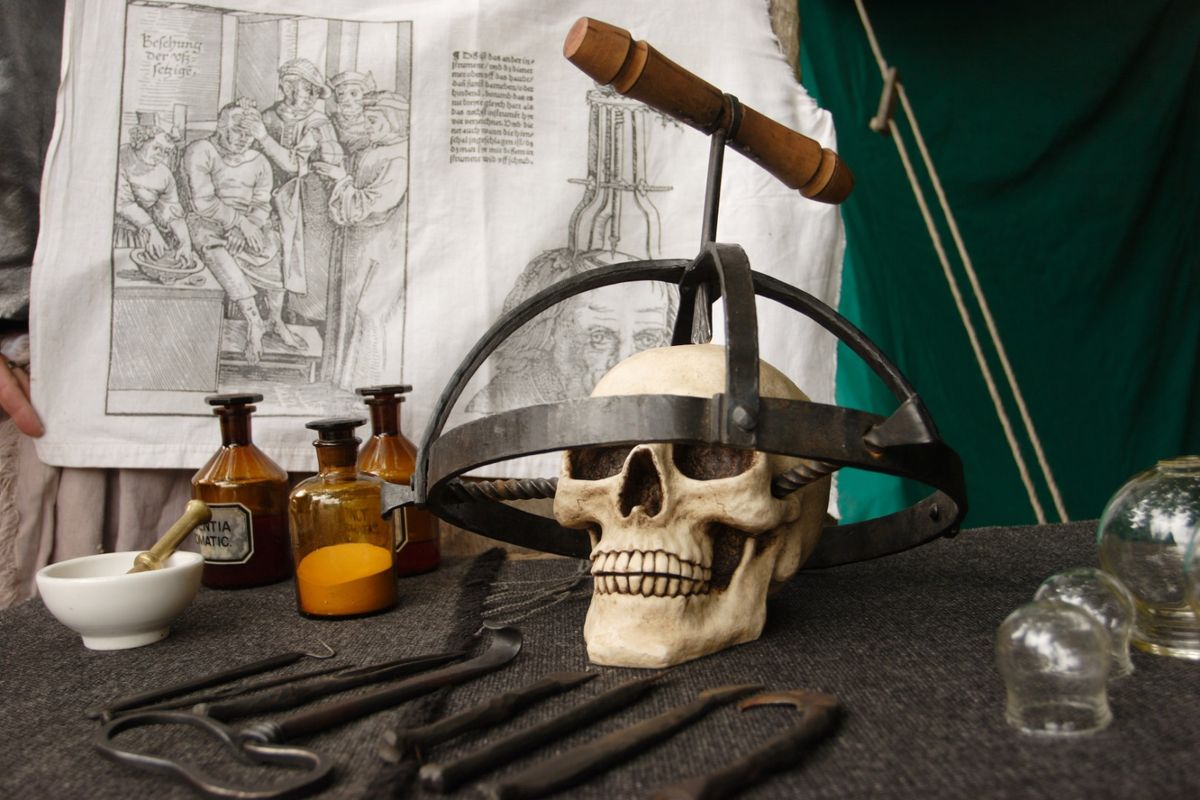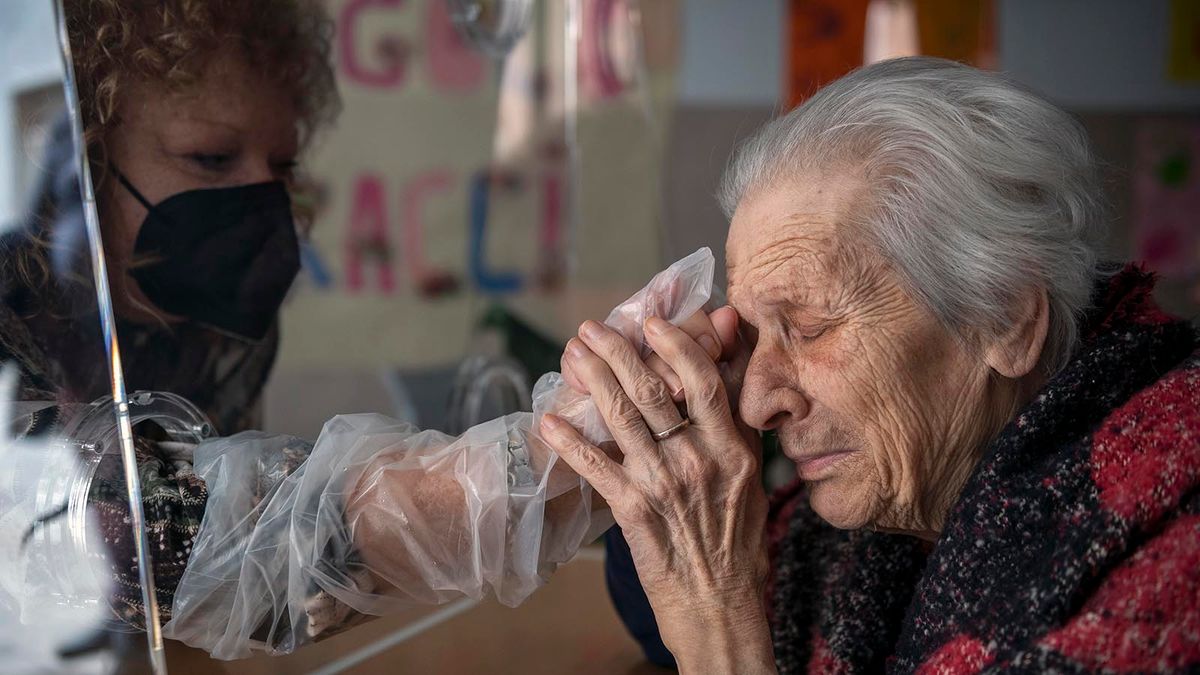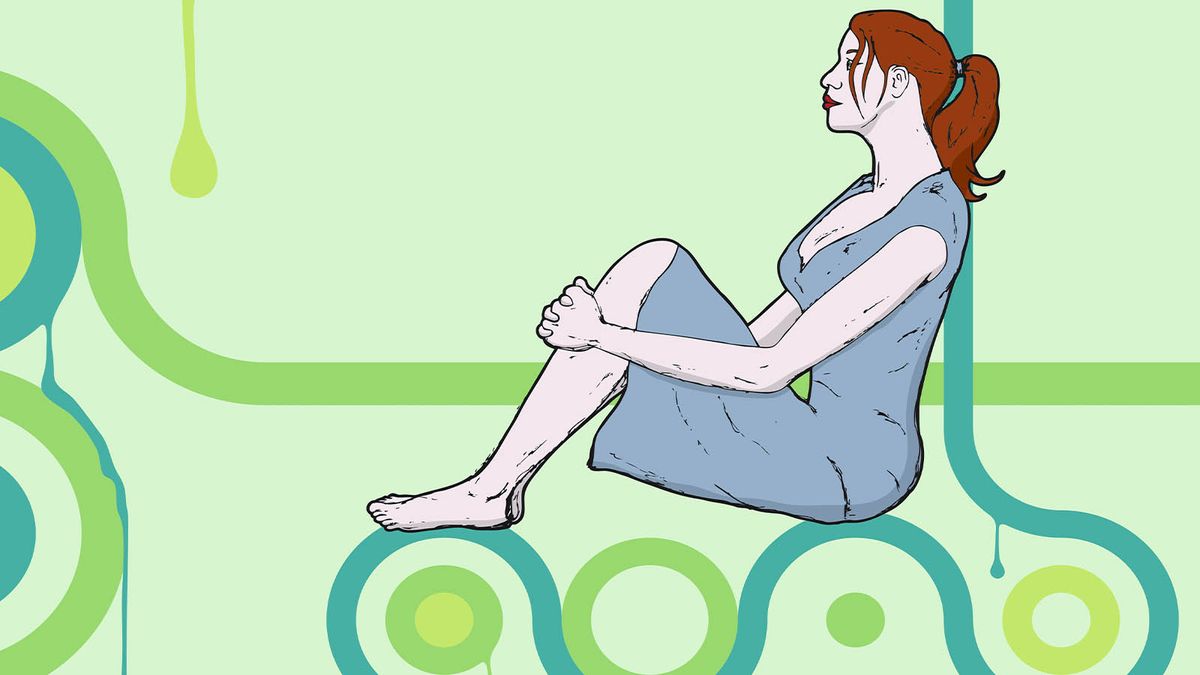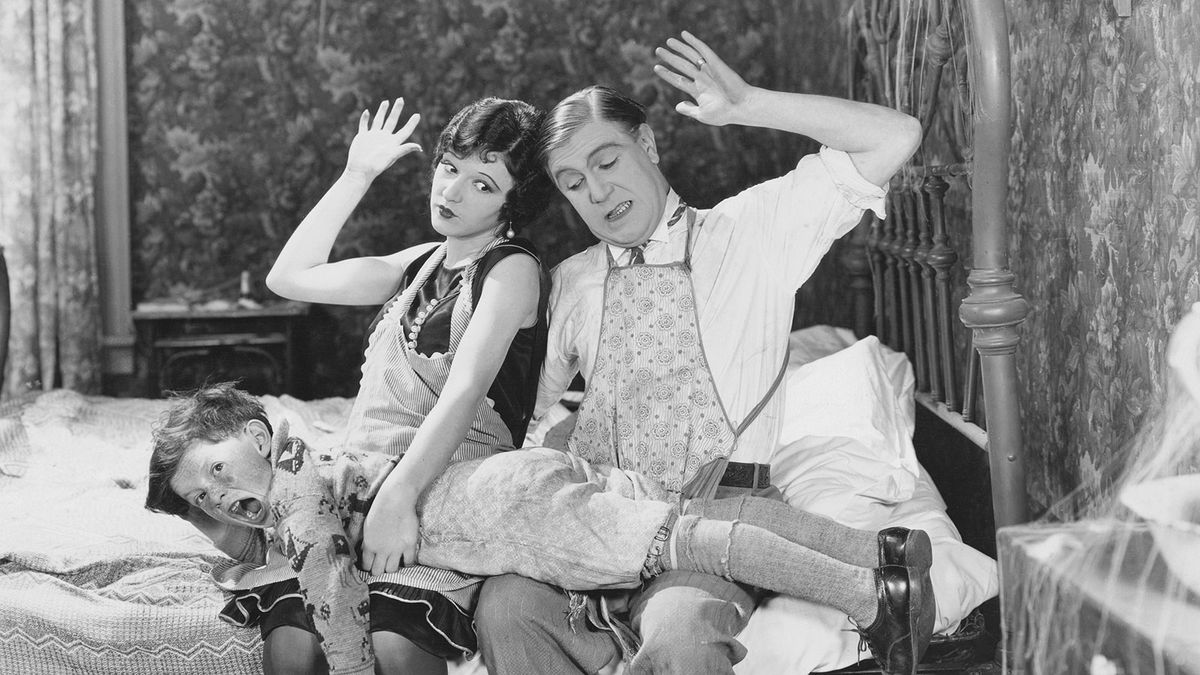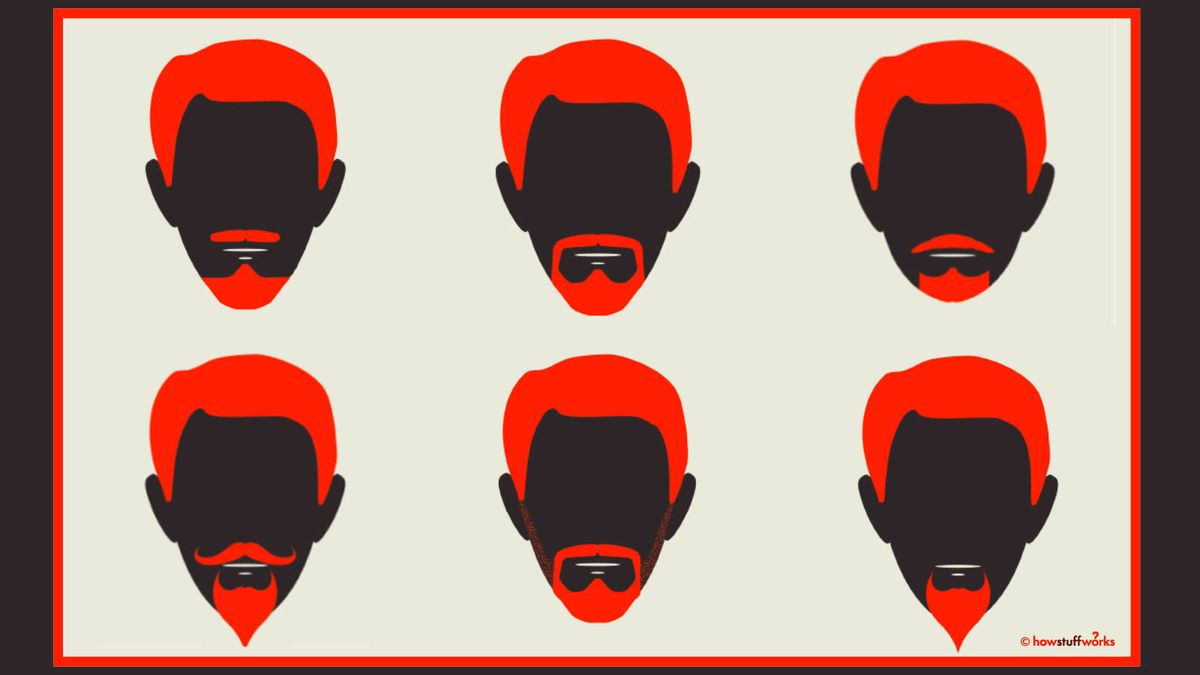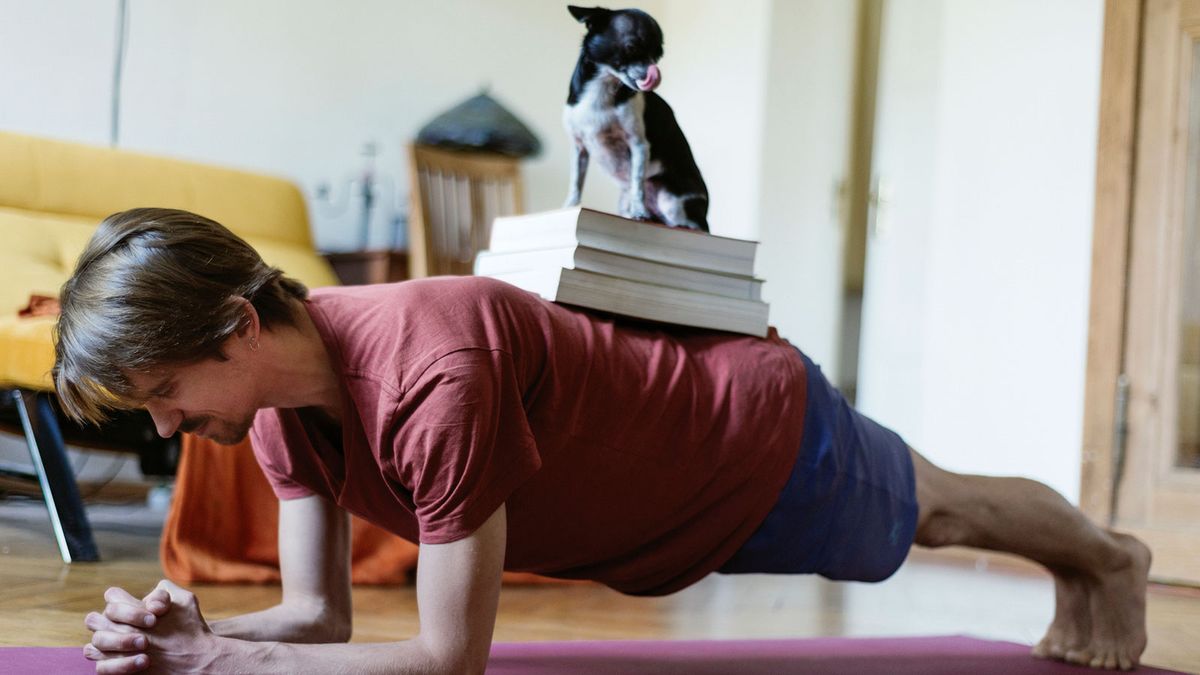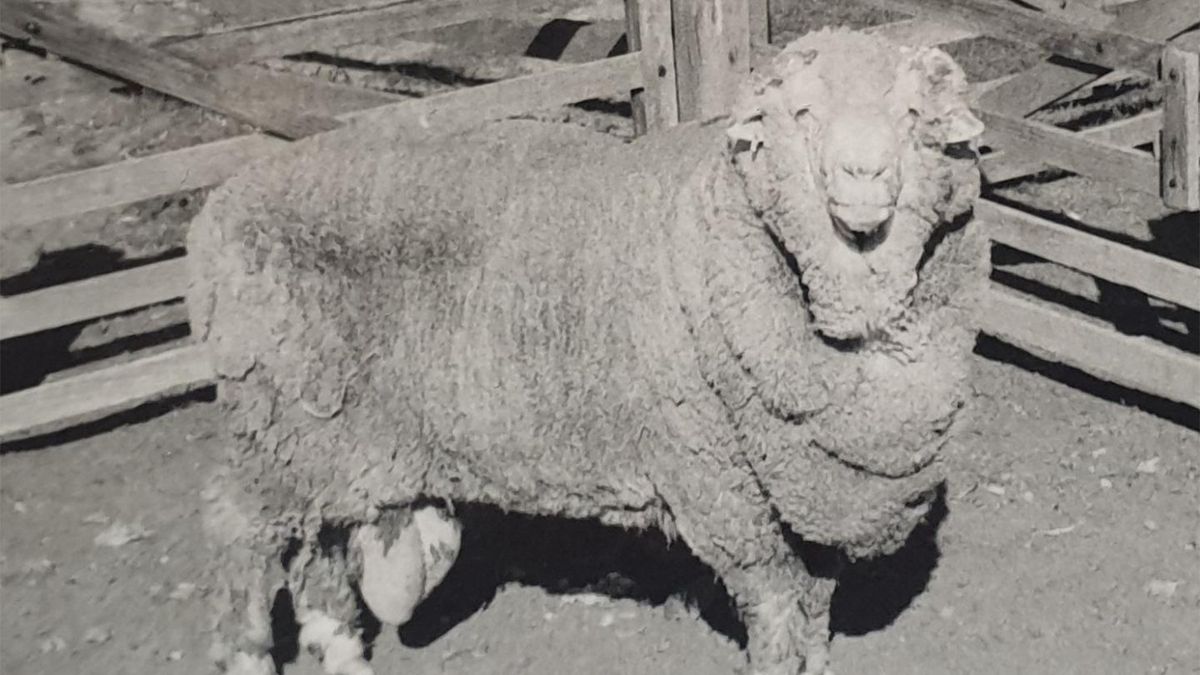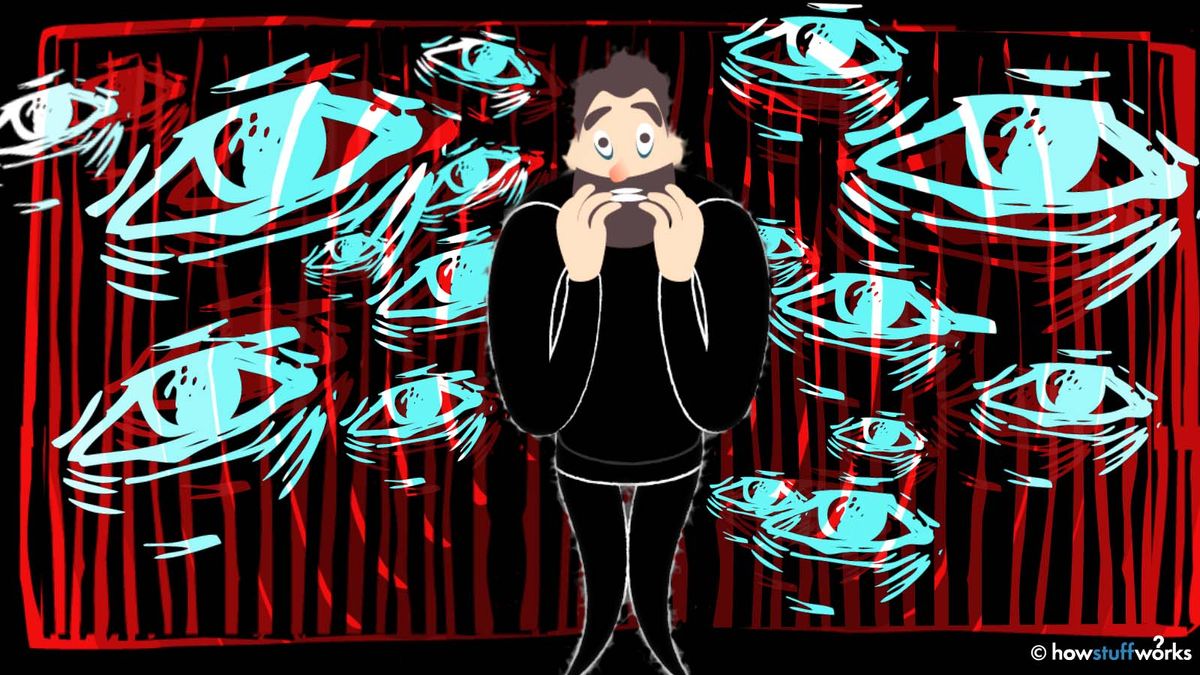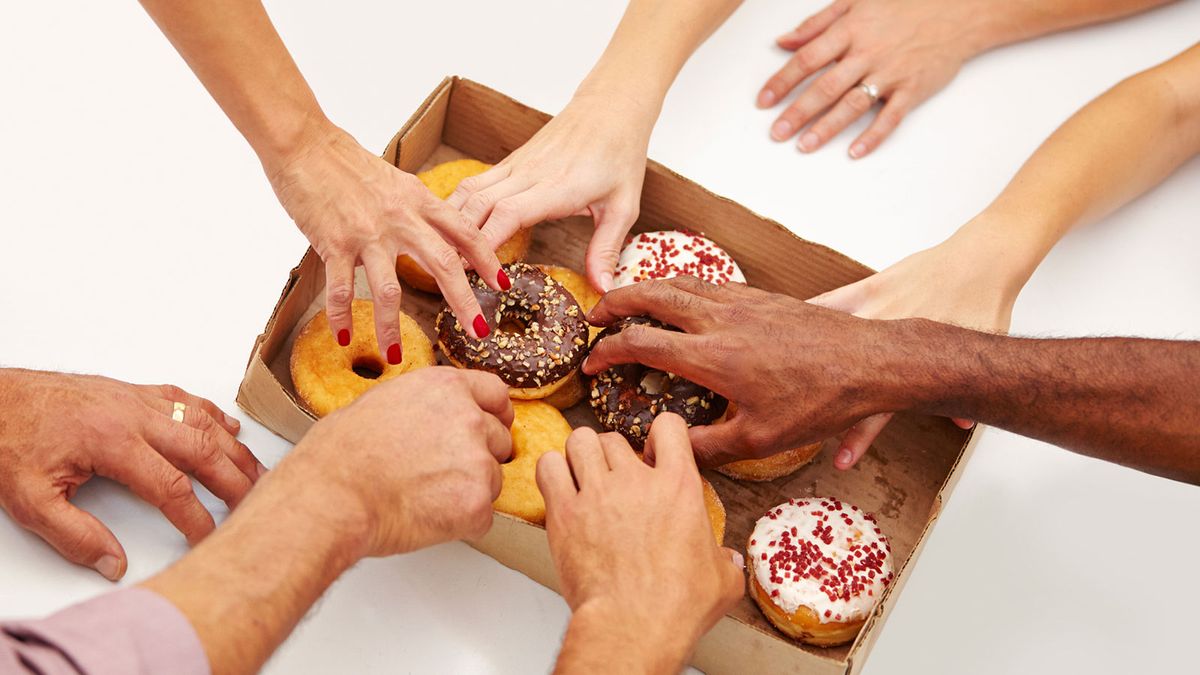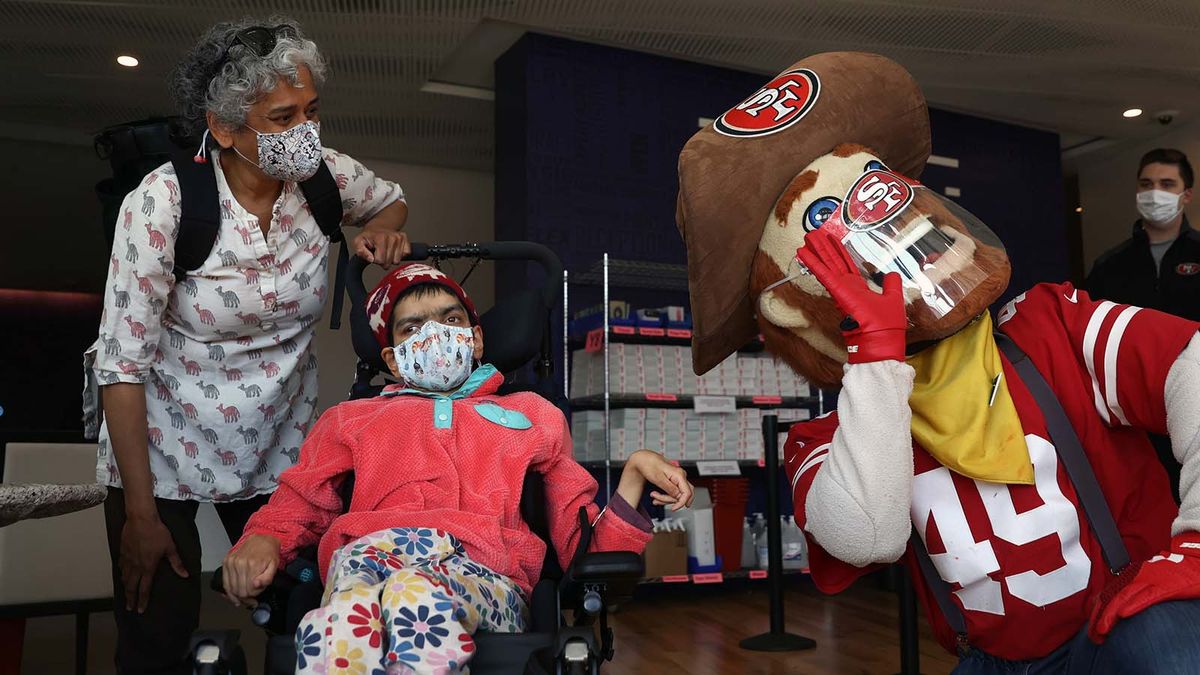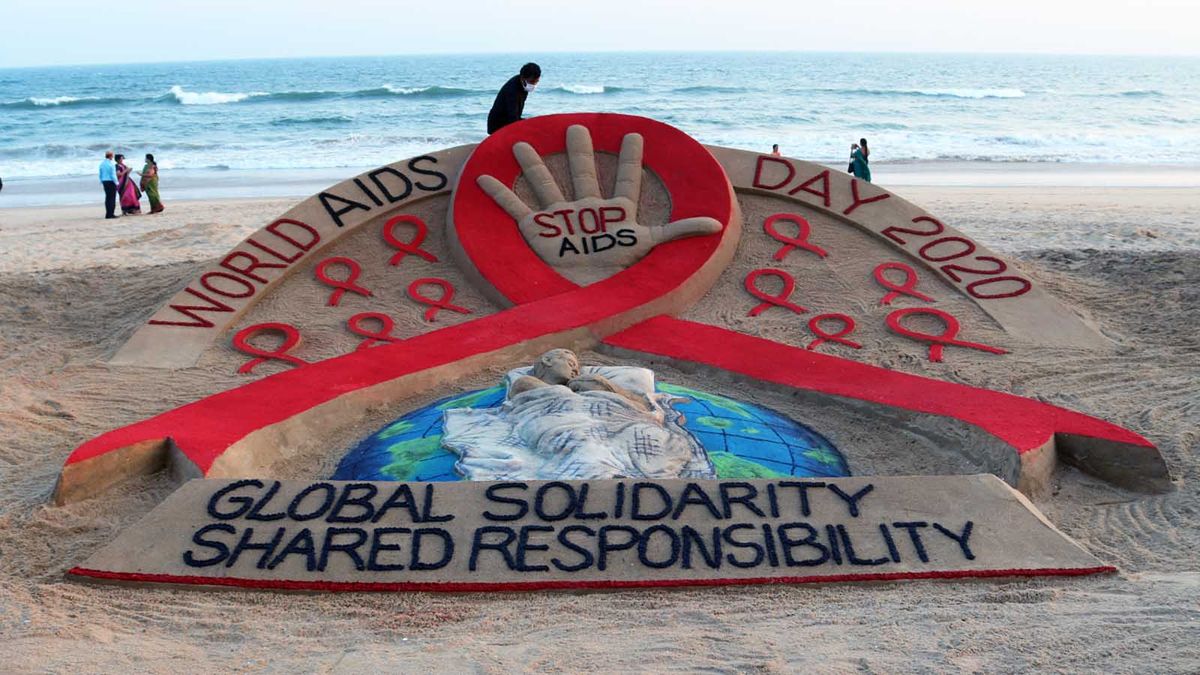
Представьте хоккейный матч, но замените лед роликовым катком. Смените мешковатые майки на чулки в сеточку и майки и откажитесь от обычных имен в пользу таких псевдонимов, как Таня Хайд и Деми Гор. То, что у вас есть, - разумное подобие женского роллер-дерби. Подсчет очков совершенно разный, но оба вида спорта шумные, хриплые и иногда перемежаются драками между игроками.
В отличие от профессиональных хоккеистов, подавляющее большинство участников роллер-дерби не получают зарплату. Большинство на самом деле тратят деньги на спорт — они покупают собственное оборудование и платят ежемесячные взносы, чтобы поддерживать свои лиги. Команды обычно тренируются несколько раз в неделю, и травмы случаются часто.
Так зачем платить деньги за работу, конкурировать и, возможно, страдать? Зачем тратить время на то, чтобы заново научиться кататься на коньках? Что делает его веселым?
Мы отправились за кулисы с Atlanta Rollergirls , чтобы выяснить это.
Читайте дальше, чтобы узнать об истории роллер-дерби, его правилах и о том, почему оно стало таким важным для игроков.
- История роллер-дерби
- Новое женское роллер-дерби
- Обучение
- Бой: игра за игрой
- Правила боя
- Безопасность
История роллер-дерби
В 1935 году спортивный промоутер Лео А. Зельцер провел гонку на выносливость на роликовых коньках, аналогичную велосипедным гонкам, которые стали популярными во время Великой депрессии. В конкурсе Зельцера участвовало 25 команд, в каждой по одному мужчине и одной женщине. Цель состояла в том, чтобы пройти 57 000 кругов по катку, что примерно соответствует расстоянию, проходящему через континентальную часть Соединенных Штатов. Историки спорта отмечают это как первое роллер-дерби.
Зельцер организовывал эти гонки до 1937 года, когда спортивный обозреватель Дэймон Руньон отметил, что самыми захватывающими моментами были столкновения между фигуристами. Затем соревнования превратились из соревнований на выносливость в игру с участием обороняющихся и атакующих фигуристов. Команды играли на наклонной дорожке, а женщины и мужчины играли попеременно.
Популярность роллер-дерби росла в 1940-х и 1950-х годах. Этот вид спорта заработал репутацию грубого и агрессивного, и у игроков возникло ожесточенное соперничество. В начале 1970-х замедление экономики и рост цен на топливо привели к упадку этого вида спорта. Телевизионные схватки, некоторые из которых имели театральные элементы, похожие на профессиональную борьбу, не могли возродить интерес людей.
Нынешнее возрождение роллер-дерби началось в 2001 году. Новые лиги сохранили ту же общую структуру игры, но с отличительными женскими командами. Бывшая девушка-роллер из Атланты Лола Ликс сказала Howstuffworks.com: «Женщинам действительно не хватает присутствия или места в физических видах спорта, за исключением бокса. Я думаю, что дерби привлекает женщин, потому что мы можем продемонстрировать [нашу] силу, ловкость и скорость. как мужчины».
Далее мы рассмотрим, как развивались лиги роллер-дерби и что делает их популярными.
Роллергёрлз из Атланты
Atlanta Rollergirls , основанная в 2004 году, представляет собой лигу скейтеров, состоящую из четырех команд: Apocalypstix , The Denim Demons , Toxic Shocks и Sake Tuyas . Для этой статьи мы взяли интервью у четырех женщин, которые когда-то катались под именами Susan B. Agony , Hot Legs Hooligan , Big Red и Lola Lixxx . Мы также взяли интервью у фигуристки и основателя лиги Тани Хайд .
Новое женское роллер-дерби
Классическое роллер-дерби никогда полностью не исчезало. Несколько команд остались активными после упадка этого вида спорта, а некоторые лиги были сформированы, чтобы сохранить традиционный формат совместного обучения. Но внезапный взрыв популярности роллер-дерби был связан с новыми женскими лигами.
Первая из этих лиг образовалась в Остине, штат Техас, в 2001 году. С тех пор в Соединенных Штатах появилось более 30 лиг. Эти организации в основном
в собственности и эксплуатации. Как отмечает основательница Atlanta Rollergirls Таня Хайд: «Все дело в том, что лига работает как команда, собирая ресурсы внутри лиги, используя таланты, которые все женщины привносят в игру. прежде всего. [Находясь в собственности и под управлением фигуристов], вы гарантируете, что о фигуристах всегда будет хорошо заботиться».
Participants are building their teams from the ground up, taking inspiration from other leagues as they go. Hot Legs Hooligan explains, "We basically have a start-up company, based around something nobody has really ever seen, staffed entirely by volunteers. It's like starting your own country."
Women's leagues usually play on the flat surfaces found in most public roller rinks and mark the track with cones and lights, though a few have bought or built banked rinks like those used in the original sport. "[G]irls skated where they could on whatever surface they could find, and flat tracks were simply more available," says Susan B. Agony. "There are probably quite a few girls who are ready and willing to get into how one style is superior to the other, but I think it is the love of the game that had engaged most of us, whether we are skating flat or at an angle."
Since every league is the product of its skaters' efforts, no two are exactly the same. But a few traits are common across the board. Skaters tend to wear uniforms that give their team a distinct identity. They also adopt a persona for their competitions, complete with a skate name -- usually a double entendre.
The names and uniforms lead some people to compare roller derby to professional wrestling. According to Big Red, "A lot of people come out and they think it's scripted, and they think that it's like wrestling, but it's not…It's very unpredictable and we don't even know what's going to happen sometimes. Sometimes you don't even realize you fell until you hit the ground."
Next, we'll look at the training and practice that prepares players for this unpredictability.
Susan B. Agony on the Popularity of Roller Derby
"I think during difficult times where people are uncertain, frustrated or angry about things they feel they cannot change, structured forms of socially acceptable violence become more popular. Roller derby itself was born from the Depression. To watch individuals engage in an event that is so dangerous I think commutes a group's collective rage into something slightly safer."
Training

У большинства женских лиг роллер-дерби такая же философия в отношении новых фигуристок: телосложение не имеет значения, и не имеет значения, если кто-то не носил коньки годами. Лиги проводят тренировочные занятия, чтобы научить правилам и основным приемам катания, и никто на самом деле не участвует в соревнованиях, пока команда не будет уверена, что они могут делать это безопасно. Лиги также поощряют игроков кататься на коньках, когда это возможно, в дополнение к организованным тренировкам.
Девочки-роллеры из Атланты тренируются как минимум три дня в неделю и всегда начинают с растяжки и разминки, чтобы предотвратить травмы. Некоторые практики сосредоточены на выносливости и маневрировании. Большой Красный объясняет: «Вам нужно научиться приседать, вам нужно научиться уворачиваться, вам нужно научиться перепрыгивать через предметы. Перепрыгивать через людей».
В тренировках на выносливость и катание на коньках используются традиционные упражнения для роллер-дерби, модифицированные хоккейные упражнения или упражнения, разработанные самими игроками. Помимо развития выносливости, эти упражнения укрепляют способности игроков:
- Начать и остановить
- Кататься на высоких скоростях
- Уклоняйтесь от препятствий
- Уклоняйтесь от других игроков
- Падение без травм
Кроме того, упражнения побуждают игроков следить за своим окружением и реагировать на неожиданности. «Раньше они бросали в нас разные вещи, — говорит Большой Красный. "Это было здорово."
Другие сессии включают схватки между командами лиг. Многие лиги отделяют новичков от опытных фигуристов во время тренировочных схваток, чтобы никто не пострадал. Далее мы рассмотрим, что происходит во время типичного боя.
Бой: игра за игрой

Hot Legs Hooligan describes a bout as "Very hectic and fast-paced. There's a lot happening at once. Depending on what position you're playing, and which jammer hits the pack first, you may be playing more offensively or more defensively...the adrenaline is flowing, and after a bout sometimes I can't remember parts of what happened because it was moving so fast."
The game itself is a series of races between two teams of five players. Each team's jammer is the only player to score points. Three blockers try to stop the other team's jammer while propelling their own jammer forward. Each team's pivot acts like the pace car in a NASCAR race and controls the speed of the pack. She also keeps an eye on the jammers, calls her team's plays and acts as a blocker. Helmet designs differentiate the positions -- jammers wear stars, pivots wear stripes and blockers wear blank helmets.
Каждая гонка называется джемом и длится до двух минут. В начале джема центровые и блокирующие выстраиваются в строй на стартовой линии. Судья дает свисток, и они катаются как стая, пока глушители ждут на стартовой линии. Когда стая находится в 20 футах от стартовой линии, судья снова дает свисток, и глушилки начинают кататься.
The jammers try to catch up to the pack, work their way through and come out the other side. No one scores any points during the first lap, but the first jammer to pass the opposing team's pivot becomes the lead jammer. A referee points out the lead jammer and follows her progress around the track. The lead jammer can "call the jam" before the end of the two-minute period by putting her hand on her hips.
When the lead jammer calls the jam or the two-minute period ends, play stops and the officials calculate the score. Teams get one point for each opposing player the jammer passes during each lap. In general, this is four points per lap -- one for each opposing player. But some rules, which we'll look at in the next section, can change the score.
This content is not compatible on this device.
Bout Rules

Even though a bout can look like a no-holds-barred free-for-all, the sport has rules that cover everything from game play to sporting behavior. Rules can vary from league to league, but an organization, the Women's Flat Track Derby Association (WFTDA), previously the United League Coalition, has been working to standardize them for an interstate invitational tournament.
Some rules directly affect whether the jammers earn points. In most leagues, jammers:
- Must be in bounds when they pass opponents to receive points
- Can pass their responsibilities to their pivot by handing off their helmet covering, although pivots do not gain the ability to call the jam.
- Do not receive a point if they foul the player they are passing or pass a player who is on the way to the penalty box.
- Do not receive additional points if they fall to the back of the pack and pass the same players again.
- Receive additional points for lapping opposing jammers.
- Receive a point for each opposing player in the penalty box if they pass all the other opponents in bounds.
Other rules govern all players' conduct during the bout. Blocking is legal (and encouraged), but players cannot grab, pull or trip one another. They also can't block from behind, "clothes-line" opponents or prevent out-of-bounds opponents from getting back on the track. Although players can use their arms and elbows to block, they can't use their elbows above the shoulder or block with completely extended arms.
Breaking any of these rules can lead to time in the penalty box. Players spend sixty seconds in the penalty box after accruing four minor penalties or committing just one major penalty. This may not sound like much time, but a minute can be more than half of a jam.
Major penalties can lead to expulsion from the game or comical punishments, like sumo wrestling and backwards-skating contests. Major infractions include deliberately falling in front of other skaters, fighting, fouling skaters who are down, insubordination to officials and other unsporting conduct.
In spite of rules that govern skating and blocking, players can -- and sometimes do -- get hurt. Next, we'll look at roller derby safety and injuries.
Hot Legs Hooligan on the Popularity of Roller Derby
"It gets girls into good physical shape, girls that might not be the gym-rat type. It's one of the few opportunities for women to be physically aggressive and test themselves against other women in a way besides just competing over looks or guys."
Safety

Roller derby bouts involve fast skating and lots of blocking, so it's not surprising that players can get hurt. A lot of players wear their injuries with pride, and several leagues have photo albums documenting injuries on their web pages. These albums usually feature pictures of large bruises and "fishnet burn" -- a stippled effect that comes from falling while wearing fishnet hose. But among the bumps, bruises and scrapes are pictures and X-rays of severe sprains, broken bones and dislocated joints. The Atlanta Rollergirls we interviewed described contusions, split chins, soft tissue injuries and broken bones.
A lot of skaters return to the derby as soon as possible after recovering from an injury. For example, Susan B. Agony continues to play after multiple injuries, "I have broken my tailbone twice and had a severe contusion underneath my patella. The tailbone injuries had me out, I couldn't skate, I couldn't do much of anything. It was very frustrating for me, but as soon as I got the medical go-ahead I was back out there. Now I wear crash pads on my butt."
Players protect themselves first with proper skating technique. They fall deliberately during practice to rehearse how to fall correctly and recover quickly, reducing the chance of becoming a hazard to other skaters. Eventually, falling safely becomes second nature.
Players also wear safety gear. In most leagues, helmets, mouth guards, wrist guards, elbow pads and knee pads are required during practice and competition. Other padding, like hip and tailbone pads, is optional.
Most players express a devotion to the sport that keeps them involved in spite of the risk of serious injury. Big Red explains, "I don't know anybody out here who doesn't just absolutely love it."
Follow the links on the next page for lots more information about roller skating and roller derby.
Lots More Information
Related Articles
- How X-Rays Work
- How Emergency Rooms Work
- How NASCAR Race Cars Work
- How Hockey Works
- How Ice Rinks Work
- How American Football Works
- How Bearings Work
More Great Links
- Rollercon
- Wayne's Derby World
- Quad Roller Skating
- Rollersport
- Rollergirls -- page about the A&E series
- Женская ассоциация дерби на плоской дорожке
Источники
- Франклин, Гарт. «Paramount присоединяется к «роллер-дерби». Dark Horizons, 22 сентября 2005 г. http://www.darkhorizons.com/news05/050922b.php
- Роллер-дерби http://www.rollerskatingmuseum.com/derby.htm
- Фонд Роллер Дерби http://www.rollerderbyfoundation.org/
- Скейтлог http://www.skatelog.com
- Турчин, Кури. «Кровь на дорожках». Журнал PopCult, 28 января 1999 г. http://www.popcultmag.com/obsessions/fadsandphenoms/rollerderby/derby1.html

